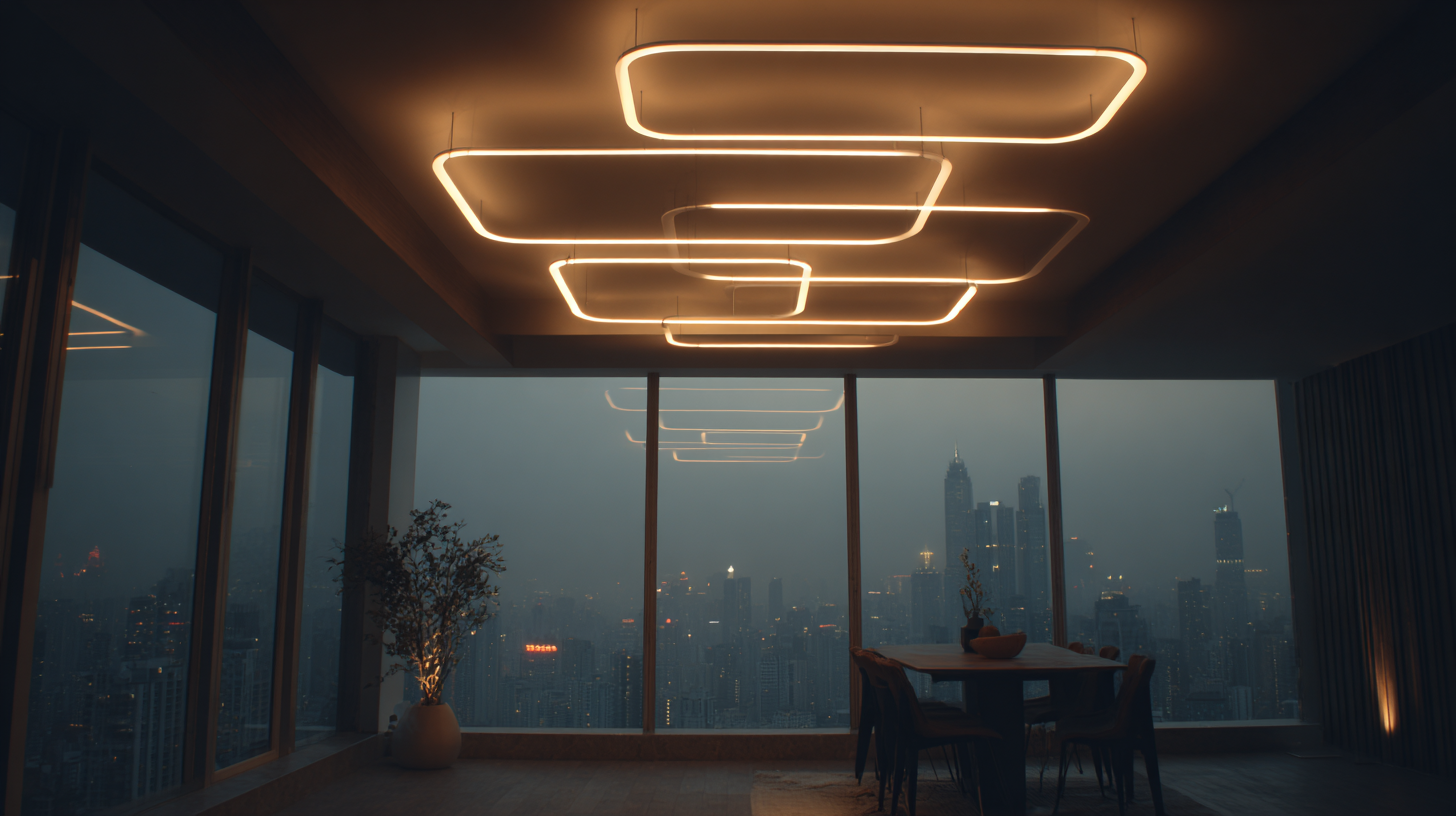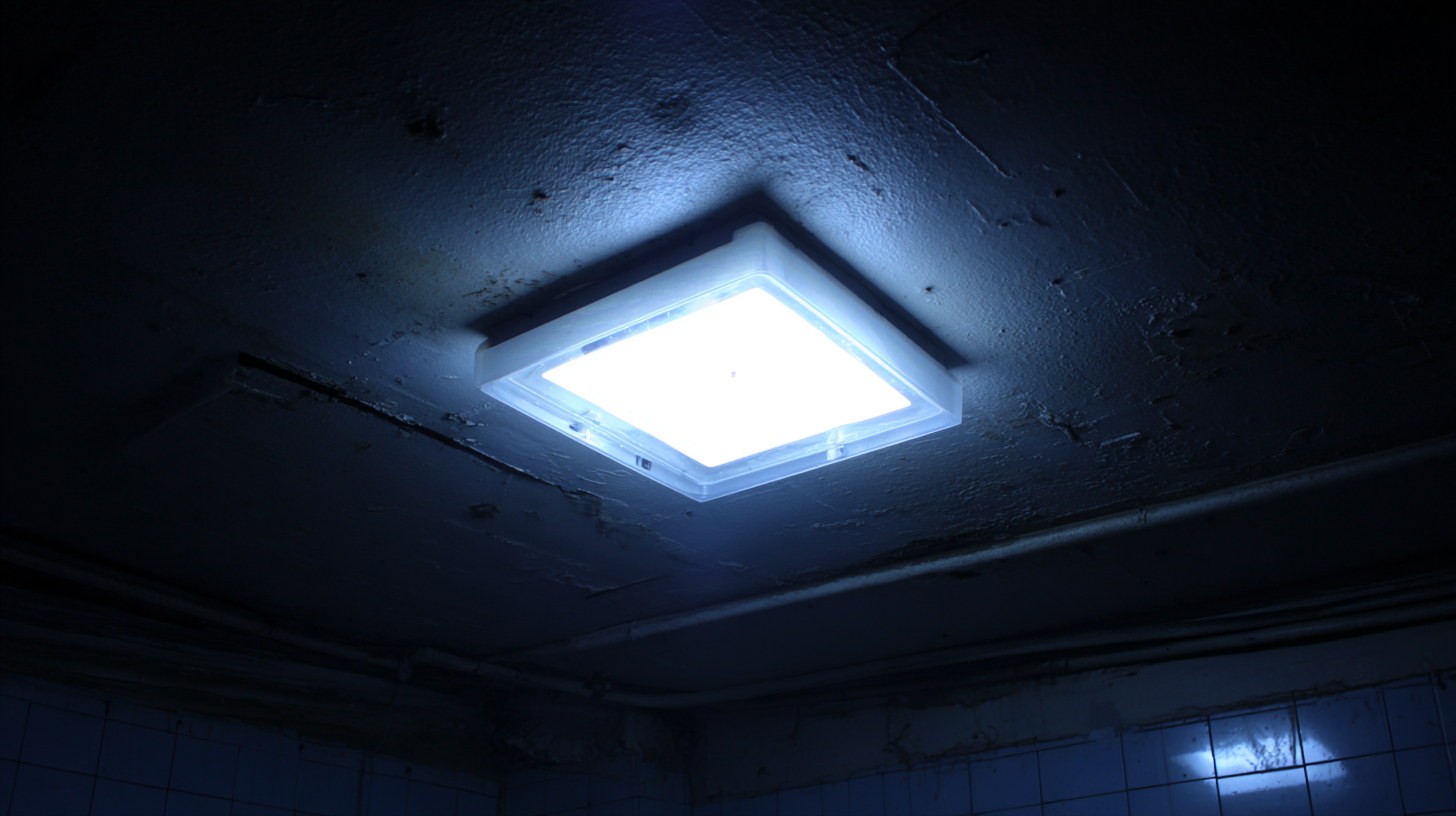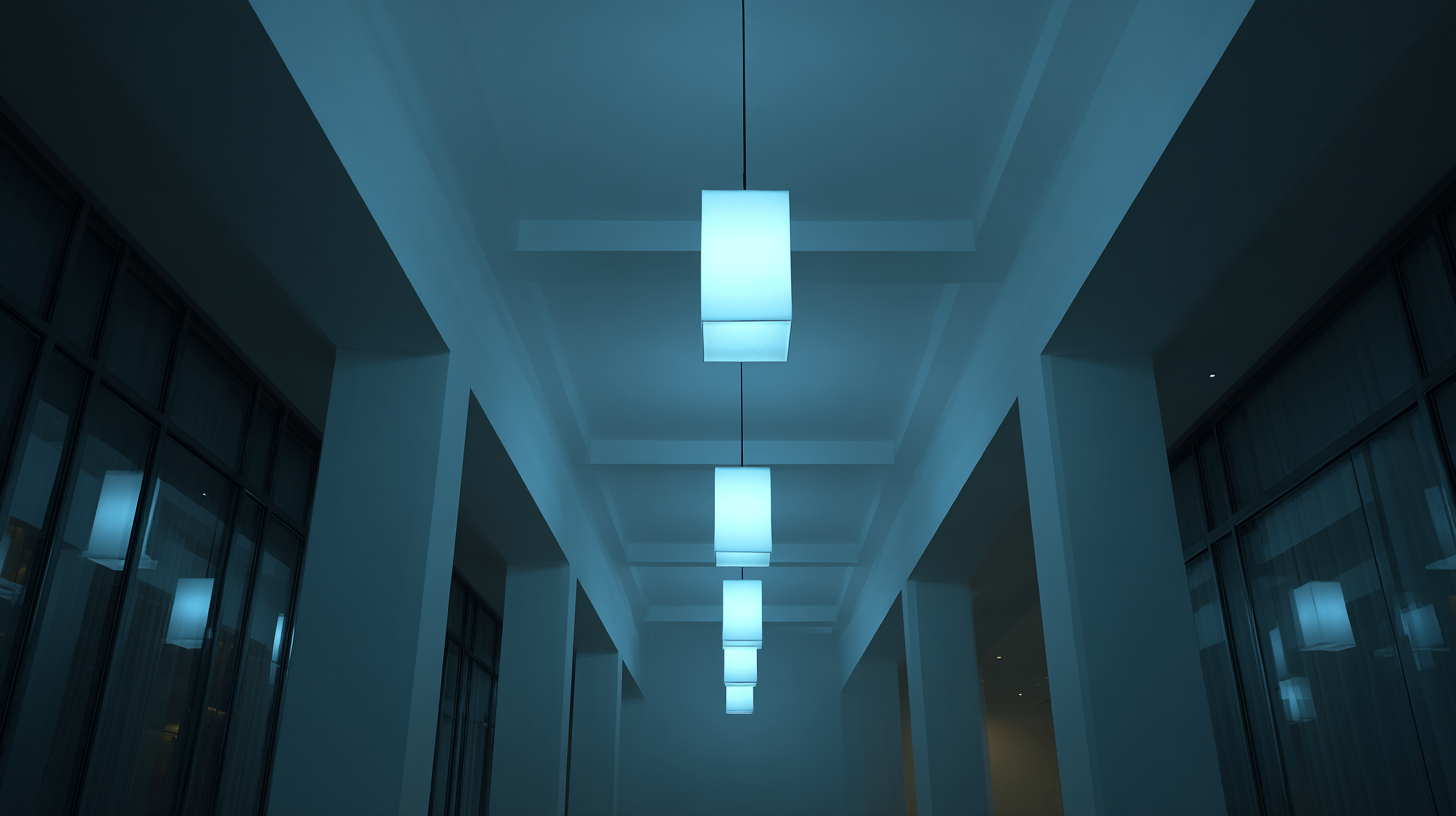Exploring Alternatives to Best Ceiling Led Lights for Your Home
In recent years, the popularity of Ceiling Led Lights has surged, driven by their energy efficiency, longevity, and increasing affordability. According to a report by the International Energy Agency, the global market for LED lighting is expected to reach $70 billion by 2025, highlighting the growing consumer preference for this lighting solution. However, while Ceiling Led Lights dominate the market, there are numerous alternatives that can enhance both the aesthetic and functional aspects of home lighting. From pendant lights to recessed fixtures, exploring these alternatives can lead to a more tailored and unique ambiance in your living spaces. This blog will delve into various options available in the market, empowering homeowners to make informed choices that suit their style and needs while still reaping the benefits of modern lighting technology.

Understanding the Different Types of Ceiling Lights for Modern Homes
When it comes to illuminating your home, understanding the different types of ceiling lights is essential for both functionality and aesthetic appeal. Modern homes often feature a variety of ceiling light options, ranging from sleek flush mounts to striking chandelier designs. Flush mount lights are perfect for low ceilings, providing a clean and unobtrusive look while offering ample brightness. These fixtures blend seamlessly into the ceiling, making them an excellent choice for hallways or bedrooms.
On the other hand, pendant lights have gained popularity in contemporary settings, especially in dining areas or over kitchen islands. They provide a focal point in a room and come in various styles and sizes, allowing homeowners to express their personal taste. Another option is track lighting, which offers versatility and adjustability, letting you highlight specific areas or artwork in your space. With several alternatives available, selecting the right ceiling lights can enhance your home’s overall ambiance while ensuring it meets your lighting needs.
Exploring Alternatives to Best Ceiling Led Lights for Your Home - Understanding the Different Types of Ceiling Lights for Modern Homes
| Type of Ceiling Light | Description | Color Temperature (Kelvin) | Energy Efficiency | Average Lifespan (Hours) |
|---|---|---|---|---|
| Flush Mount | Installed directly against the ceiling, suitable for low ceilings. | 3000K - 4000K | High | 15,000 |
| Pendant Light | Hangs down from the ceiling, often used as a decorative piece. | 2700K - 3000K | Medium | 10,000 |
| Chandelier | A decorative light fixture suspended from the ceiling, often with multiple bulbs. | 3000K - 5000K | Low to Medium | 10,000 - 25,000 |
| Recessed Lighting | Installed into the ceiling itself, providing a streamlined look. | 2700K - 4000K | High | 25,000 |
| Track Lighting | Light fixtures mounted on a track that can be adjusted to focus on different areas. | 3000K - 6000K | Medium to High | 15,000 |
Energy-Efficient Alternatives to Traditional Ceiling LED Lights
As homeowners increasingly seek energy-efficient solutions, the quest for alternatives to traditional ceiling LED lights has gained momentum. According to the U.S. Department of Energy, lighting accounts for about 15% of residential energy expenditures, making energy-efficient lighting a key player in reducing overall home energy consumption. While LEDs remain a popular choice due to their long lifespan and low energy use, exploring alternative options can further enhance energy savings.
One viable alternative is compact fluorescent lamps (CFLs), which consume about 75% less energy than incandescent bulbs and can last up to ten times longer. Additionally, advancements in smart lighting technology provide yet another route for energy efficiency. Smart LED bulbs allow for adaptive lighting control, enabling homeowners to adjust brightness and schedules via smartphone applications, effectively reducing wasteful energy usage. Navigating these alternative lighting options not only supports sustainable living but also contributes to significant financial savings on electricity bills, encouraging a more eco-friendly lifestyle.
Creative Design Ideas for Incorporating Non-LED Lighting Solutions
When considering alternatives to LED lighting, creative design ideas can breathe new life into your home while providing unique aesthetics. Traditional lighting options like incandescent and halogen bulbs offer warm tones that enhance the ambiance, making spaces feel cozier. Moreover, according to a report by the U.S. Department of Energy, while LEDs are generally more energy-efficient, the charm of vintage incandescent designs can often outweigh the cost savings in certain rooms, particularly for dining and living areas.
Tip: When selecting non-LED lighting, consider dimmable options. Dimming your lights can significantly alter the mood of a space, and bulbs that don't buzz or flicker are essential for maintaining a serene environment.
Incorporating decorative lamps, sconces, and statement chandeliers can also add a personal touch to your decor. The better the layering of different light sources, the more dynamic and versatile your space will feel. A report from the International Energy Agency highlights that using a mix of lighting types can lead to improved lighting satisfaction among homeowners, further emphasizing the aesthetic benefits of non-LED solutions.
Tip: Explore using vintage filament bulbs for a retro vibe. These bulbs not only provide similar or improved lumens compared to traditional types but also serve as striking decor elements that can enhance the overall design of your rooms.

Comparative Analysis: LED vs. Alternatives in Ceiling Lighting
When considering ceiling lighting for your home, it's essential to conduct a comparative analysis between LED lights and their alternatives, such as incandescent and fluorescent options. According to the U.S. Department of Energy, LED bulbs use at least 75% less energy than incandescent lighting and last up to 25 times longer. This impressive lifespan means fewer replacements and lower maintenance costs, making LEDs a favorable option for both energy efficiency and overall value.

However, alternatives still hold some appeal. Incandescent bulbs provide a warm, familiar glow that many homeowners cherish, despite their lower energy efficiency. A report from the Lighting Research Center highlights that while incandescent lights have a shorter lifespan, they can be dimming effectively, providing versatility for various moods and settings.
On the other hand, fluorescent lighting, which is more energy-efficient than incandescent but less so than LEDs, is often used in commercial settings and can work for specific home applications. Ultimately, homeowners should weigh these factors—energy efficiency, lifespan, light quality, and cost—to choose the best ceiling lighting solution that fits their needs and preferences.
How to Choose the Right Ceiling Lighting for Your Home's Ambiance
When choosing the right ceiling lighting for your home’s ambiance, it's essential to consider the purpose of the space and the mood you wish to create. Different rooms serve different functions; for instance, a cozy living room may benefit from warm, dimmable LED lights that create an inviting atmosphere, while a kitchen may require brighter, cooler lights that enhance visibility and cleanliness. Evaluate the activities that will take place in each room to determine the most suitable lighting fixtures.
Another crucial factor to consider is the style and design of your ceiling lights. The lighting should complement your existing decor and contribute to the overall aesthetic of your home. Whether you prefer sleek modern designs, rustic fixtures, or elegant chandeliers, the choice of materials and colors should harmonize with your interior design. Don't forget to factor in the height of your ceilings as well, as this can impact both the type of fixture you choose and the amount of light it provides. Ultimately, thoughtful consideration of these elements will help you create a well-balanced ambiance throughout your home.
